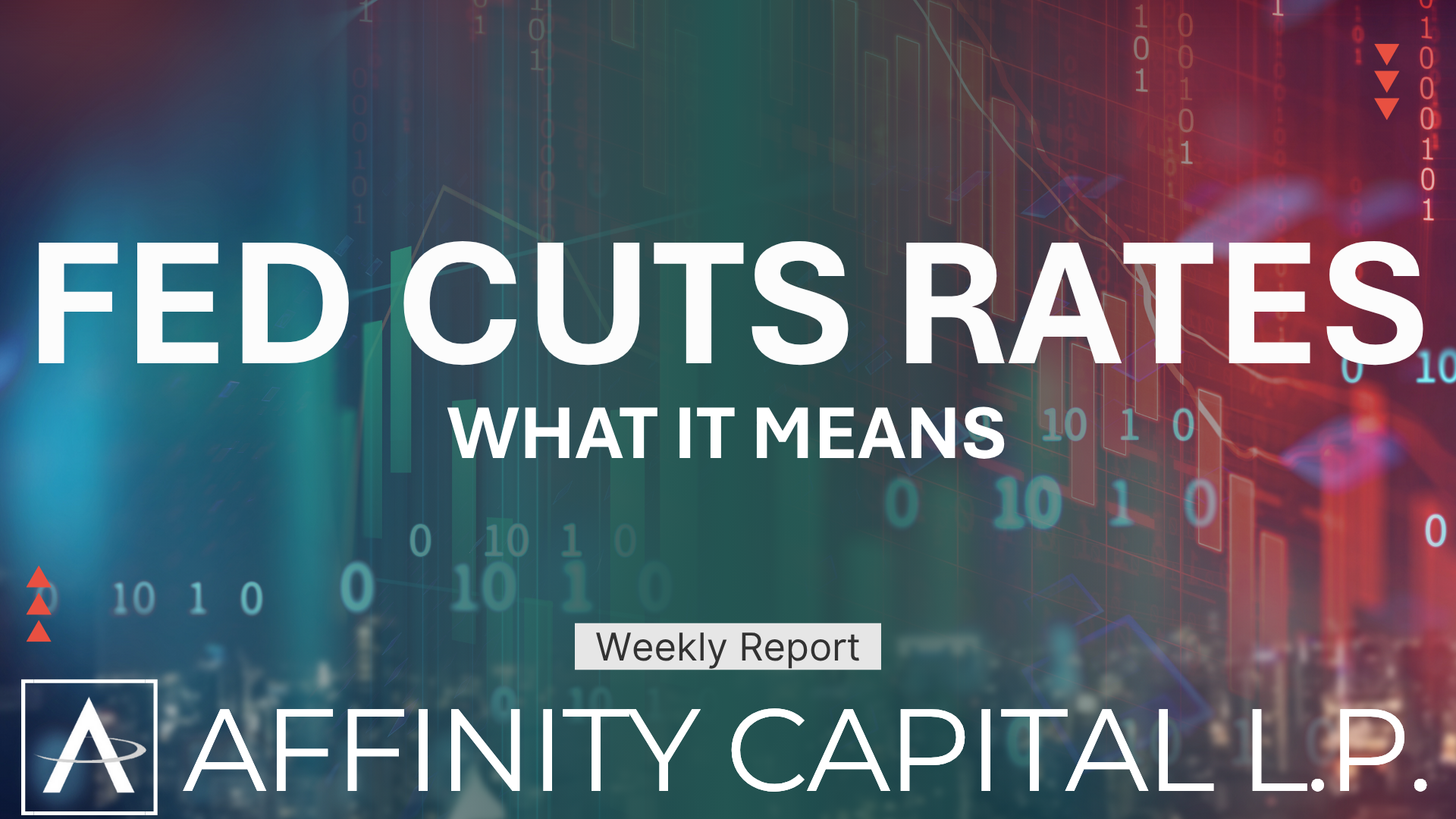Positioning to Protect Your Assets

Stocks are weak and the S&P 500 has entered a correction after sliding 10% from its July peak.
A nice rally in the second quarter in the so-called "Magnificent Seven" stocks – Apple, Microsoft, Alphabet (Google), Amazon, Nvidia, Tesla, and Meta Platforms (Facebook) – have driven nearly all of the stock market gains this year. Since their July peak they have lost more than $1.3 trillion in market value.
Without these seven stocks, there is virtually no return on other big stocks as a group and the small, medium and international stock sectors are all quite weak. If a move in the stock market shows broad movement across a wide swath of stocks, then it’s thought to be strong. Trends supported by just a handful of influential stocks tend to be weak. In a popular analogy for the latter scenario, technical analysts might say that the generals, being the seven largest technology stocks, are charging while the soldiers, most other stocks, are in retreat.
Affinity Capital sees an overall weak market ahead though not without some bear-market rallies. In our efforts to protect your hard-earned assets, we have been extremely conservative this year. We have positioned out portfolios for market weakness. On Thursday, the Dow was down 251 points, while the S&P 500 lost 1.2%. While another steep fall for Big Tech sent the Nasdaq composite to a market-leading loss of minus 1.8%. Our average loss for Affinity Capital Portfolios was less than one-tenth of a percent. Our lower balance portfolios contain more equities due to their size and were down just over one-half of a percent.
Your portfolios do have funds that hold the large tech stocks mentioned above, but again we have been skeptical of the markets all year and hold a large position of income-producing securities that help protect against rising interest rates. As you have seen from recent transaction confirmations, we have purchased “risk-free” U.S. Treasury Bills that mature in ten days for an annualized yield of over 5.32%.
The fact that we can obtain over 5.32% for ten days versus a ten-year Treasury yielding less than 5.00% is telling us that the bond market is quite concerned about our economy. We have learned that ignoring the voice of the bond market as well as money supply levels and other economic signals is never a good idea.
There is conflicting data regarding US inflation with some showing that inflation cooling at a faster rate than predicted, and additional data pointing the other way. The Federal Reserve’s preferred measure of underlying inflation accelerated to a four-month high in September as consumer spending picked up. Still, the Fed is expected to keep its finger on the pause button when it meets to discuss interest rates this week.
The purpose of higher interest rates is to slow consumers from consuming. Through most of eleven rate hikes, consumers have shown very little appetite to slow down – until now. Demand for big-ticket items is softening. Shoppers are increasingly shunning boats, refrigerators and other expensive goods, and this softening trend will likely accelerate through most goods and services.
As 70% of our GDP (Gross Domestic Product) is driven by the consumer, this slowdown in spending provides a higher likelihood of a recession in 2024. As previously mentioned, conflicting data regarding both inflation and recession is not healthy.
As the price of oil continues to rise, the instability of Washington politics continues and the events in Ukraine/Russia and Israel/Gaza escalate, we will continue to monitor data and events that affect your portfolios and act in your best interest. Remember that we are relatively long-term investors, and we understand that markets cycle throughout history so will seek opportunities as they arise.
We appreciate the opportunity to assist you with your financial needs. As always, please feel free to call anytime.




